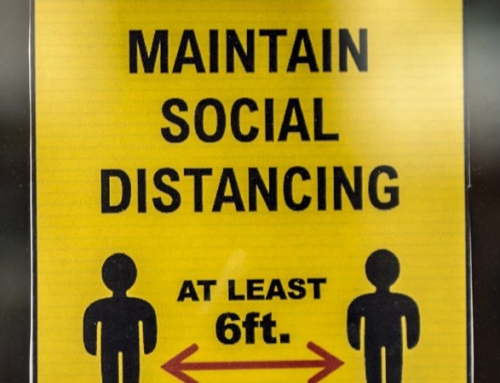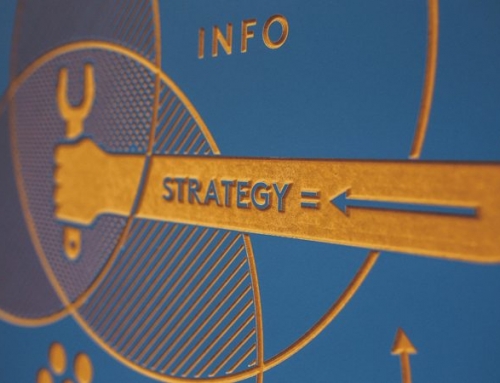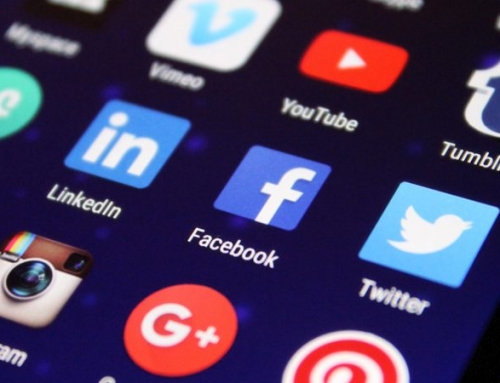This is a controversial topic in business and marketing, especially when most people in this industry have been trained to believe “the customer is always right.” Though this is generally the case, unscrupulous people or those who are intent on causing problems can be a real issue for some businesses. In most instances, it should be possible to resolve customer complaints in a professional and friendly manner, there are some situations where this is not possible because the person you are dealing with is making unreasonable demands or behaving in a way that is unacceptable. This is our guide on identifying problematic customers and how can deal with them.
1. Abusive Language or Behaviour
Though low-level frustrations can cause people to lose their temper from time to time, some customers can take this a step further, which is distressing to staff and wholly unacceptable. If a customer becomes abusive, try de escalating the situation as a starting point. Explain that you are sorry they feel angry and would like to do something to try and solve the problem for them. If they continue to demonstrate hostile behaviour, you will need to be firm and explain that this not an acceptable way to communicate with you. This type of interaction is thankfully extremely rare, but it can happen. Holding on to every single customer is not necessary, especially if they cause problems for you, your staff or your business overall so don’t feel too bad about dropping customers like this. If somebody was to behave this way in a restaurant, bar or shop, they would undoubtably be asked to leave immediately. It doesn’t need to be any different for your business. Consistently aggressive or abusive language via webchat, email, phone or text message should always be dealt with professionally but firmly. Nobody really needs customers like, even if you are just starting out.
2. Repeat Contacts and Time Wasters
There is a line between providing exceptional customer service and allowing people to waste your time. As with most of the issues on this list, this is an infrequent occurrence for most businesses, but the phenomena of the serial caller/emailer/webchat user are very real. If you notice a who user keeps contacting you despite having been given all the relevant information you can offer, it could be time to act. Though you may not want to lose this customer entirely, it is important it explain that you feel as if you provided as much help as you can for that particular issue and offer to signpost them elsewhere if they need it. A little patience can go a long way with this type of customer, and it can also help to explain that you are not choosing to end conversations for personal reasons. Simply reminding them that you need time to communicate with all your customers equally is usually enough, though in some cases you might need to be more direct. There’s never any reason to be rude, but if you need to, there’s nothing wrong with explaining that you simply can’t provide as much time as the customer is asking for while serving the needs of the rest of your client base. This is generally enough for most people, but if things progress to the point where the customer is making a nuisance of themselves, consider cutting off contact altogether.
3. Asking for More Than You Can Offer
Rewarding loyal customers with a little extra is always worth doing and if you can go the extra mile for someone without jeopardising the quality of your service, it is usually worth doing in the long run. Unfortunately, there are some situations where customers are just trying to take advantage, so being vigilant is essential. Customers who frequently ask for discounts, additional perks or services you don’t usually provide should be treated with caution. Everybody wants the best value for money but there are some people who believe they are entitled to more than others for no reason. Politely explaining the limits of your service and the reason you can’t continue to offer discounts is usually a good approach here. It can also be helpful to signpost customers to other services that can provide what they are looking for if you can’t help them yourself.
4. The Returner
In an age of money back guarantees and 28-day trial periods, this type of customer has become commonplace in a variety of industries. There are undoubtedly many genuine people who simply feel dissatisfied with something and wish to exchange it but there are also a growing number of customers who will try to get as much use as they can from a product without paying. To identify this type of behaviour, keep an eye on the customer’s transaction history. If they are consistently ordering products, only to return them and ask for a refund, it could be time to let them go. Finding your own limit is important and depending on the size and strength of your business, you may have more scope to be lenient, but for smaller businesses or new ventures, people like this can spell disaster.
5. The Public Complainer
This is possibly the most dangerous type of customer of them all and should be treated with extreme caution. Never reflect hostile written or body language and always remain professional. Respond to all messages with an offer to discuss the issue in person, over the phone, by email or another form of direct communication if possible. If they refuse, continue to explain that this is the only way you can help. This demonstrates that you take customer care seriously and shows anybody else who sees the interaction that you will not be drawn into arguments on public forums. Though it is rare, this kind of customer may need to be asked to stop contacting you altogether if they have the potential to damage your reputation. Providing you have done everything you can to resolve their query and always maintained a professional presence , you have nothing to lose other than a few headaches.






